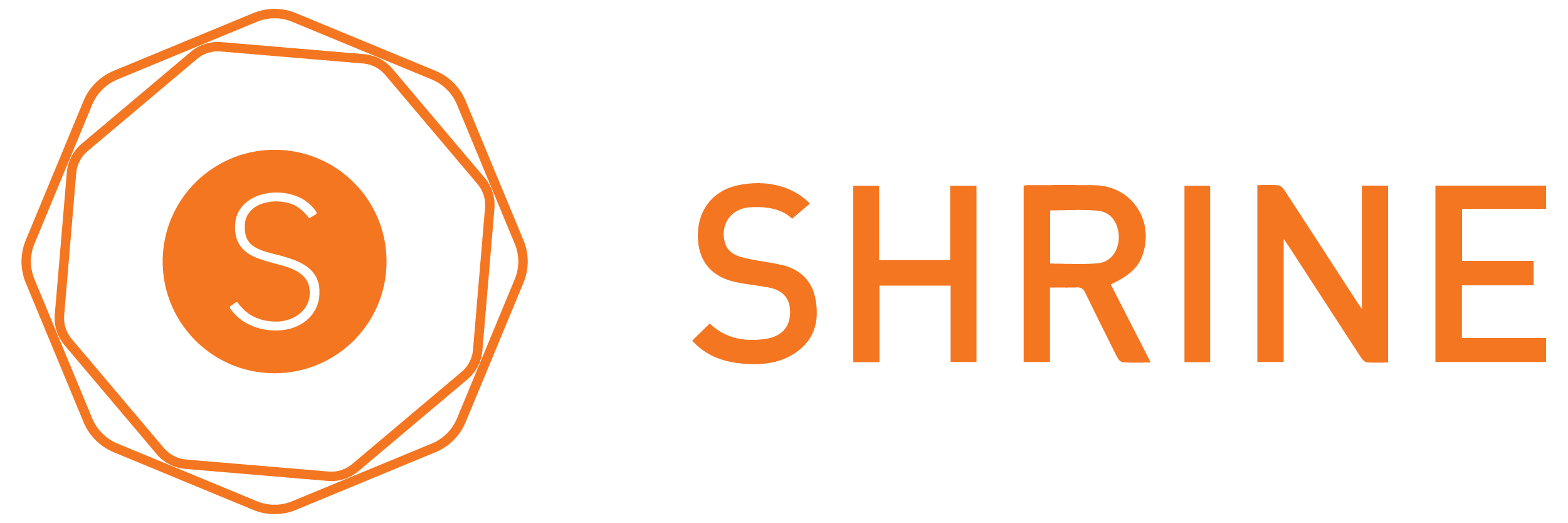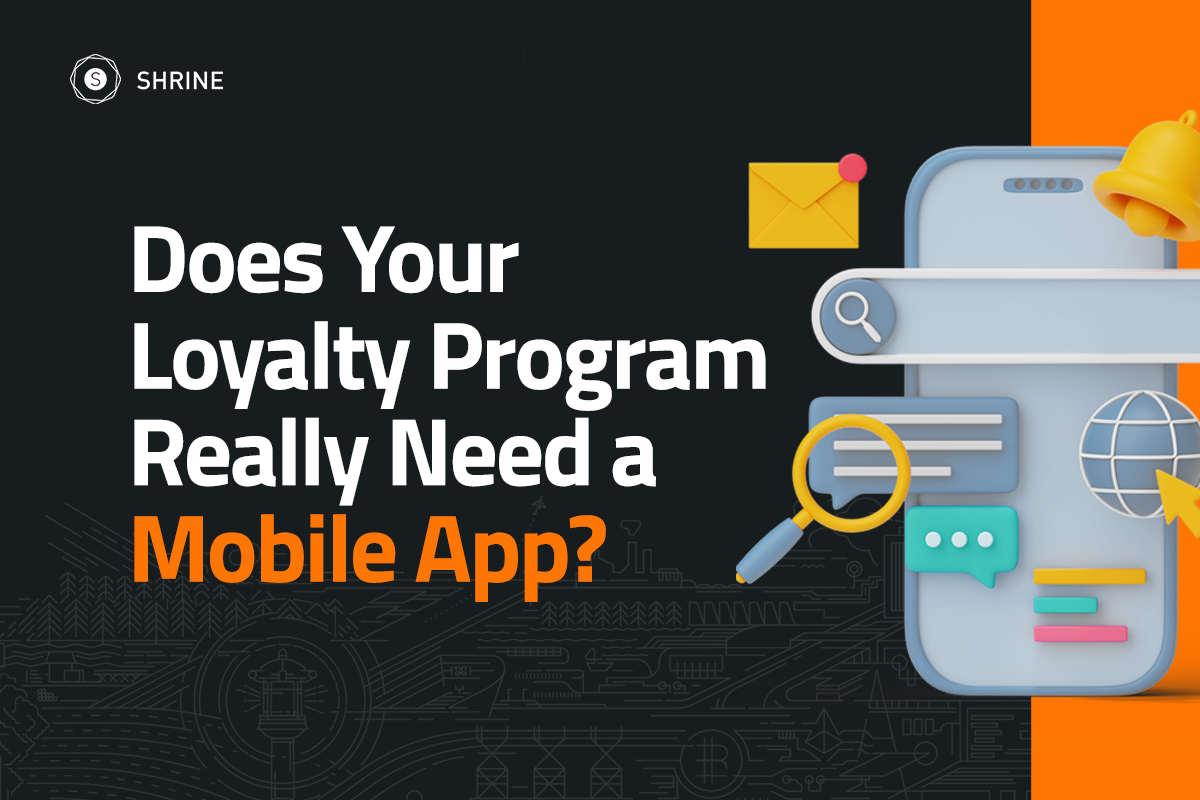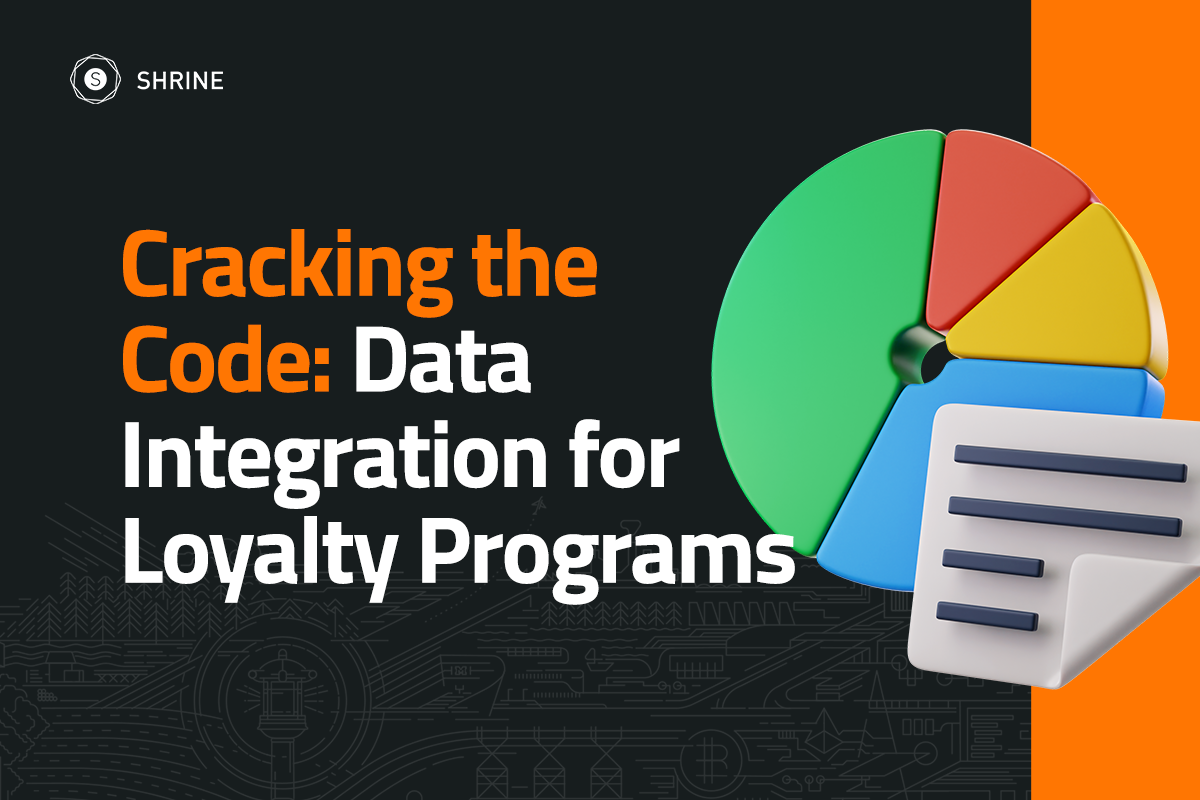Humans are seeking community more than ever before. It’s not enough to align ourselves with brands and organizations with stated shared values, we want to be active participants in solving the most pressing challenges facing our society.
Our desire to find our “tribe” and truly make an impact disrupted the fundraising industry in a radical way, with an explosion of crowdfunding and text-to-donate platforms in recent years. But those advancements sacrificed the oversight and transparency that traditional (read: slow and inefficient) nonprofit management required to ensure donor funds were responsibly stewarded.
The impact here is serious. Money contributed to a cause that uses 80% of funds appropriately will have a 400% greater impact than one that uses 20% of funds appropriately. How can we leverage the convenience and flexibility of technology without conceding oversight or transparency in the donation process?
Community-driven funds, or CDFs, offer a solution. A CDF uses web3 technologies to provide transparency and control to community members who contribute to a cause.
A CDF consists of:
- A common cause or issue that community members seek to support.
- A pool of funds. These funds can be fundraised via community members or contributed by an outside business or third party.
- A primary operator of the CDF.
- A set of rules on how the fund operates. These can be optionally stored and enforced on a blockchain like Ethereum.
- Fund support software such as Society that allows community members to vote on how their funds are spent. They can also see and understand how the funds are ultimately used.
- Voting is a core feature. This empowers community members to have a voice.
- CDFs should adopt their use of technologies to match the stated goals of their fund and the appropriate regulations.
- CDF operators should have a provable way of demonstrating their merit and trustworthiness on the blockchain. Allowing community members to gauge how competent and honest the people they are donating money to is key.
- Community membership is tracked via NFTs (non-fungible tokens).
- CDFs should take advantage of web3 technologies to provide as much identity to community members as desired. Community members can stay anonymous by interacting with a self-custodial wallet like Metamask. However, they can also be able to prove their identities if preferred.
How CDFs Differ
Running a fundraising campaign is not new. Here are a few ways CDFs differ from some popular fundraising methods used today.
Crowdsourcing: While platforms like GoFundMe have made it possible for anyone to raise funds for a cause they care about, a common concern is that fundraisers can take advantage of people’s good intentions. After all, there is little to no transparency on where the money goes. Additionally, GoFundMe is designed for single transactions. However, it is not an ideal platform for causes that require months or years of effort to make an impact. GoFundMe has also garnered a reputation for freezing funds. Alternatively, CDFs are inherently web3 focused and thus allow for the use of cryptocurrencies, which are harder to freeze.
Mobile Fundraising: “Text-to-donate” campaigns have become popular methods to rally individuals and collect funds. This can especially be effective if a pressing issue arises, and people seek to make an impact quickly. In this case, a nonprofit instructs donors to text a specific number.
This type of fundraising is simple and promotes giving on the go. However, it does not necessarily evoke the sense of community that CDFs enable. A text donation is often a “one-and-done” event. Meanwhile, with community-driven funds, donors can become more engaged as they come together behind an issue or cause at hand. Don’t get us wrong, mobile fundraising works. However, the transactions tend to be one-off in nature. We believe CDFs offer additional opportunities to engage donors and build upon that connection. The two aren’t exclusive, and CDFs can be used in conjunction with a mobile fundraising campaign.
DAOs: Decentralized Autonomous Organizations, referred to as DAOs, are communities of people who organize around a common cause and are governed by a set of smart contracts and a governance token. DAOs may well be the future. However, they also present challenges. Notably, DAOs focus on running their communities online and building projects around web3. This has limited their impact. Additionally, DAOs typically use a governance token—a type of token that determines who gets to vote on community issues. Many DAO tokens are touted as potentially increasing in value as the DAO grows. This can involve serious legal risks in markets like the United States as those features make DAO tokens potentially securities. Securities fall under the jurisdiction of the U.S. Securities and Exchange Commission.
When it comes to CDFs, any NFTs or tokens used are guaranteed to go to zero. The purpose of a CDF is to have a real-world impact—not to make a return on an investment. This also makes CDFs easier to administer because the economics on running a DOA are unproven; often the funds sent to a DOA are spent trying to organize the DOA itself rather than making an impact in the world.
A New Way to Give Back
Versatility is a core component of CDFs. They can be adaptable to meet the needs of the community. Looking ahead, we foresee nonprofits and advocacy groups leveraging these innovative features of community-driven funds:
- Delegate your vote to other community members. A lesson learned from DAOs is that participation rates can be low for certain issues. Community members may be excited about some issues but not care about others; thus, those who are not interested will not vote. This can present a problem when a quorum, that is a minimum number of participants, is needed to pass votes. CDFs will allow community members to delegate their votes to other community members.
- Reverse your donation. One way to keep CDF operators honest is to give community members the ability to reverse their donations. CDFs that are run via smart contract will be able to programmatically guarantee this ability to their community members.
- Release your funds on your own schedule. This will tie the releasing of donations to specific measurables or votes. For example, a person could donate $100 to a CDF and immediately release $50 to the operators of the fund. They could hold the second half of the donation and only release it after a certain milestone has been achieved or a certain community vote has taken place.
If you think CDFs make sense for your business, nonprofit or advocacy group, then we’d love to have a conversation. Please send us a note at hello@society.win.




